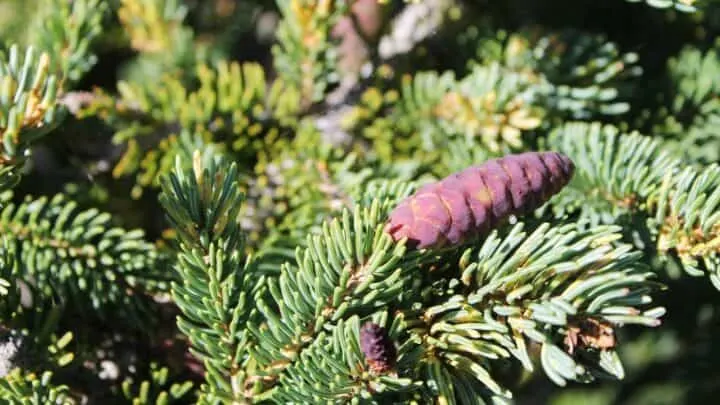I was walking in a local park, and I found a strange collection of seed pods gathered in the gutter. These pods were different sizes and shapes, and I had no idea which trees they were from.
Curious, I gathered a few seed pods, then I headed to the local botanical society, which has a stunning display of seed pods and plants.
The botanist that offers great talks to local schools about the local fauna and flora was eager to identify each seedpod, and this is what I learned.
It was stunning to learn that there are various tree species that have seed pods. I wanted to know a little more about some of these as I found the seed pods to be gorgeous and quite amazing.
Table of Contents
10 Trees With Seed Pods
Pod-bearing trees include the yellow kowhai, the coral tree, the Eastern redbud, and the Western redbud, the blue palo verde, and the purple orchid tree. Tree species that bear elongated pods include the carob tree, the koa tree, the Japanese angelica, the catalpa tree, and the famous yellowwood tree.
A Closer Look at 10 Trees With Seed Pods
Here’s a little more information about these 10 seed pod bearing trees:
1) Yellow Kowhai Tree (S. tetraptera)
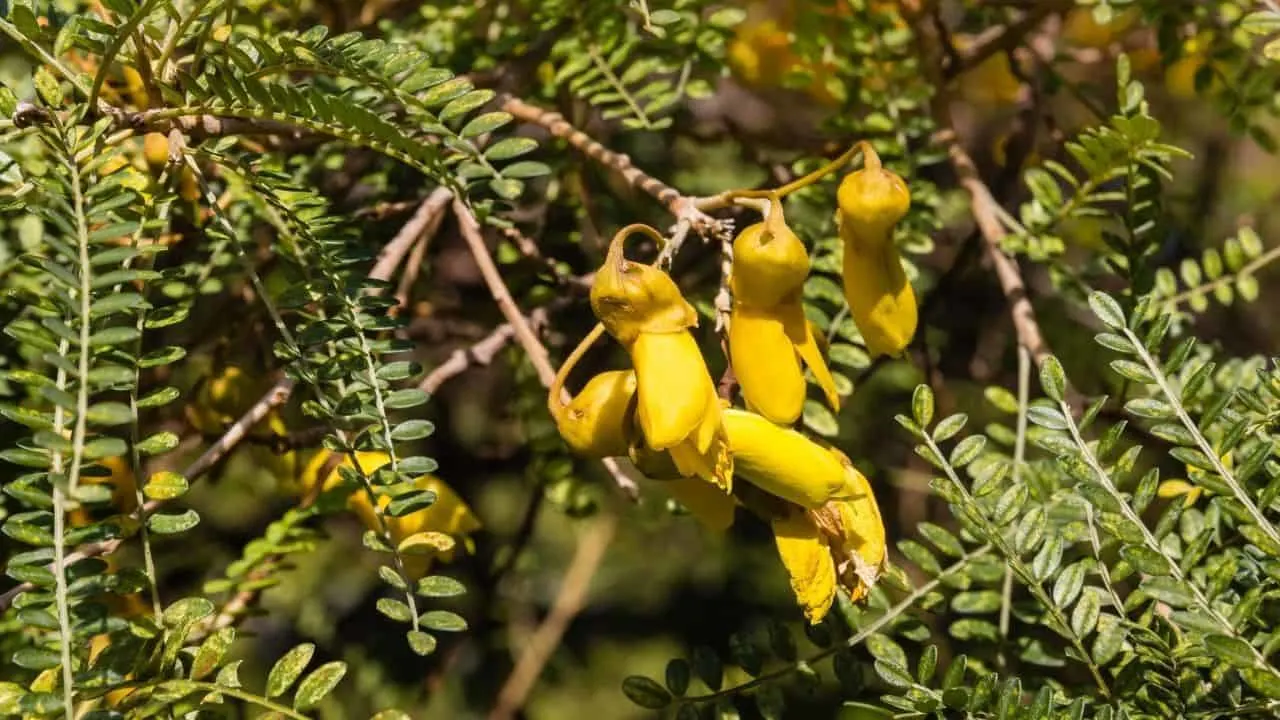
This tree reaches 20 feet tall, preferring USDA hardiness zones of 9-10.
In spring, yellow flowers are followed by seed pods that are elongated and brown in color.
2) Coral Tree (E. sykesii)
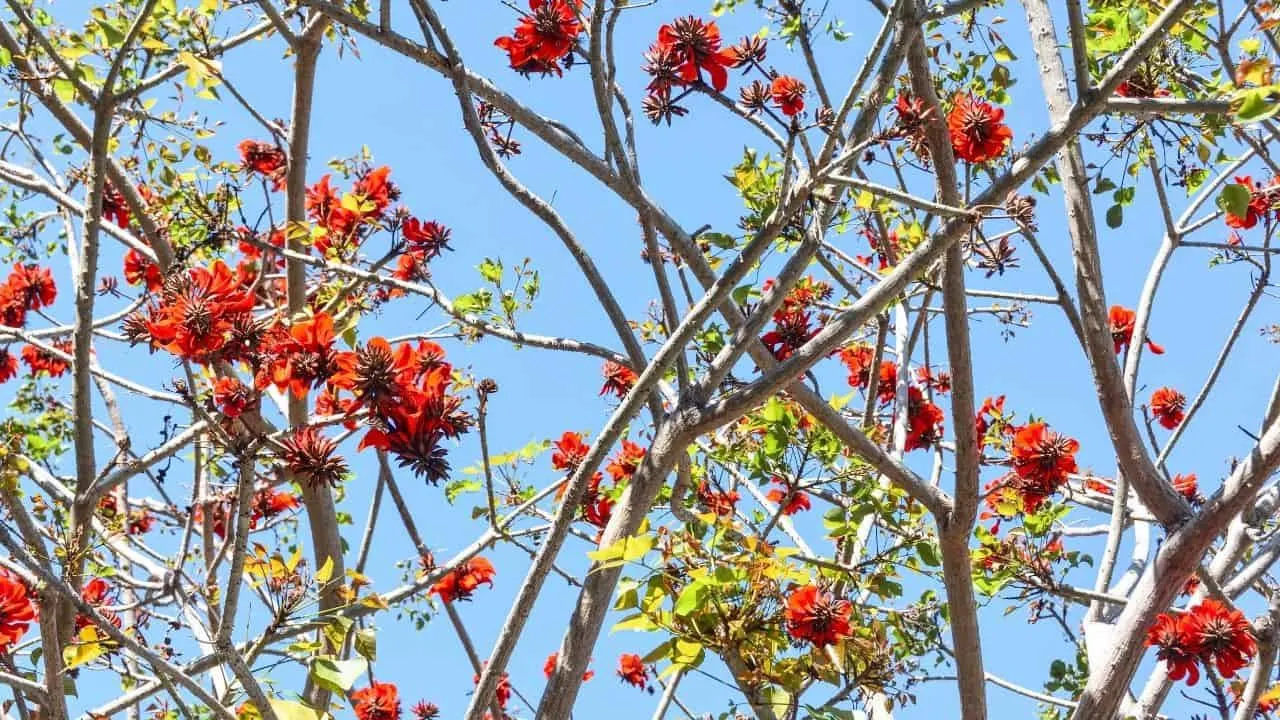
Native to Australia, this evergreen reaches a height of 35 feet, grows in USDA zones of 9-11, and sprouts bright red flowers in winter.
The pods that form after this are best avoided as they contain toxic seeds. Fortunately, there weren’t any of these pods in the collection I found at the park.
3) Eastern Redbud Tree (C. canadiensis)
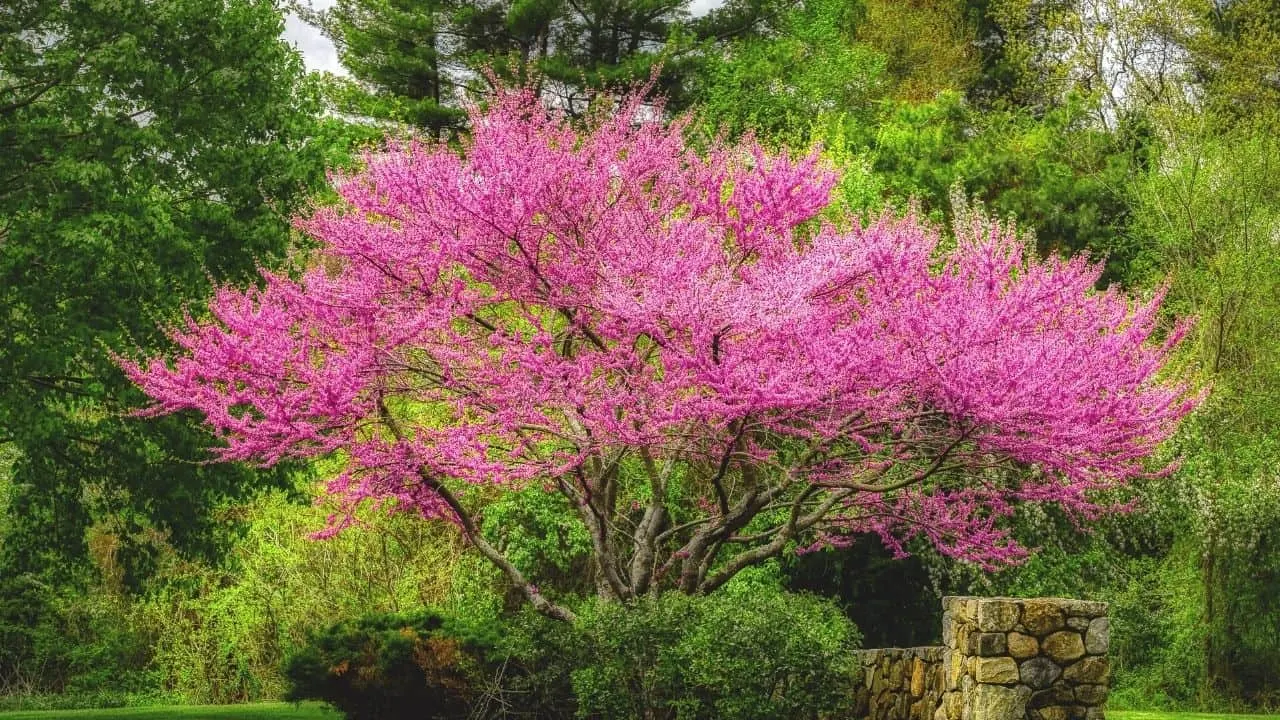
This deciduous tree is a North American native, and it reaches 25 feet tall. In spring, it flushes with bright pink blossoms, which are followed by brown, green, and purple seed pods.
It thrives in USDA hardiness zones 5-9.
4) Western Redbud Tree (C. occidentalis)
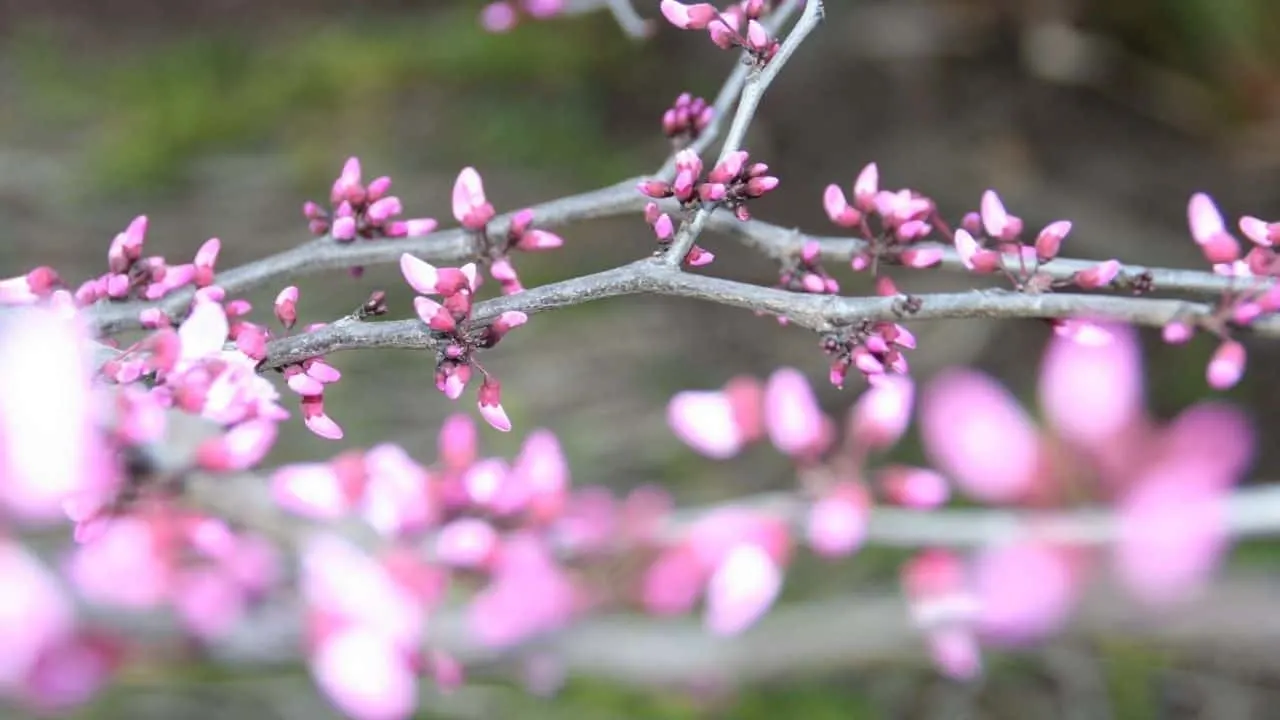
At 25 feet tall, this California native grows lovely purple flowers. In summer and fall, the Western redbud tree produces brown, green, and purple seed pods.
Plant this tree in USDA hardiness zones 7-9.
5) Blue Palo Verde Tree (C. floridum subsp. Floridum)
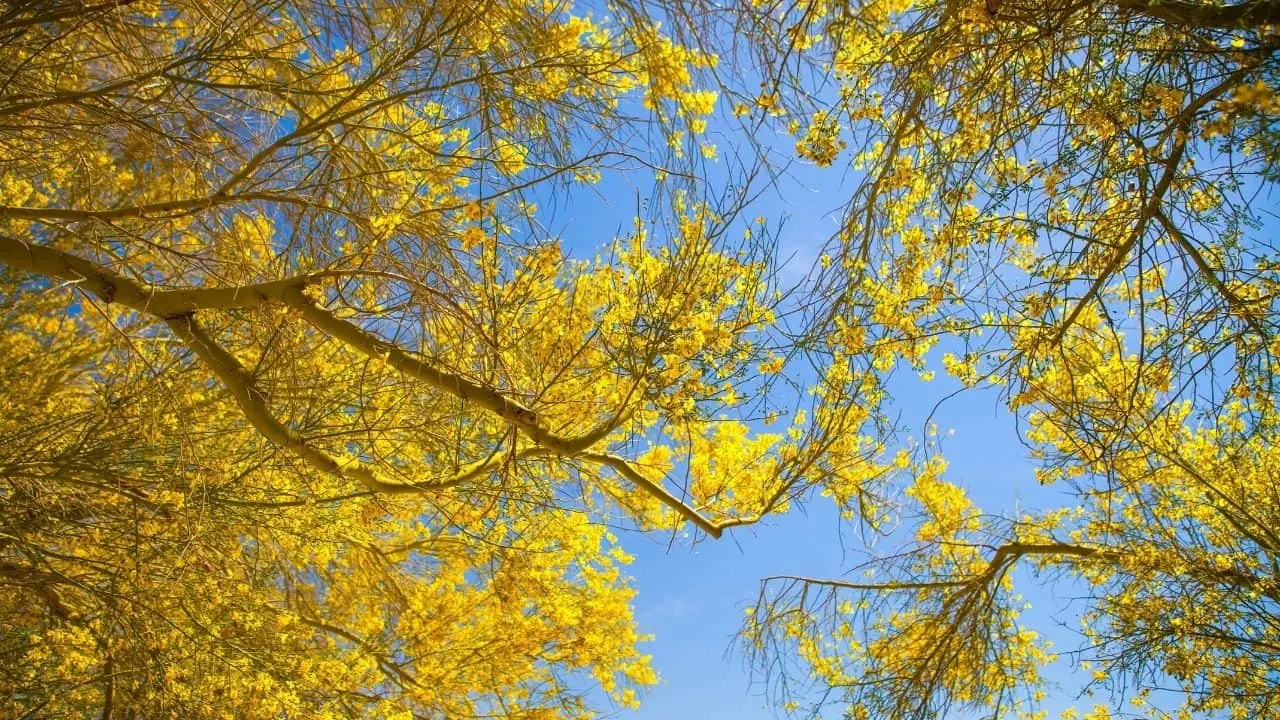
Found abundantly in Southern California, this tree produces yellow flowers in summer, and in fall and winter, you will see seedpods of green and brown.
In USDA hardiness zones, you will find this tree thriving at zones 8-9.
6) Purple Orchid Tree (B. variegata)
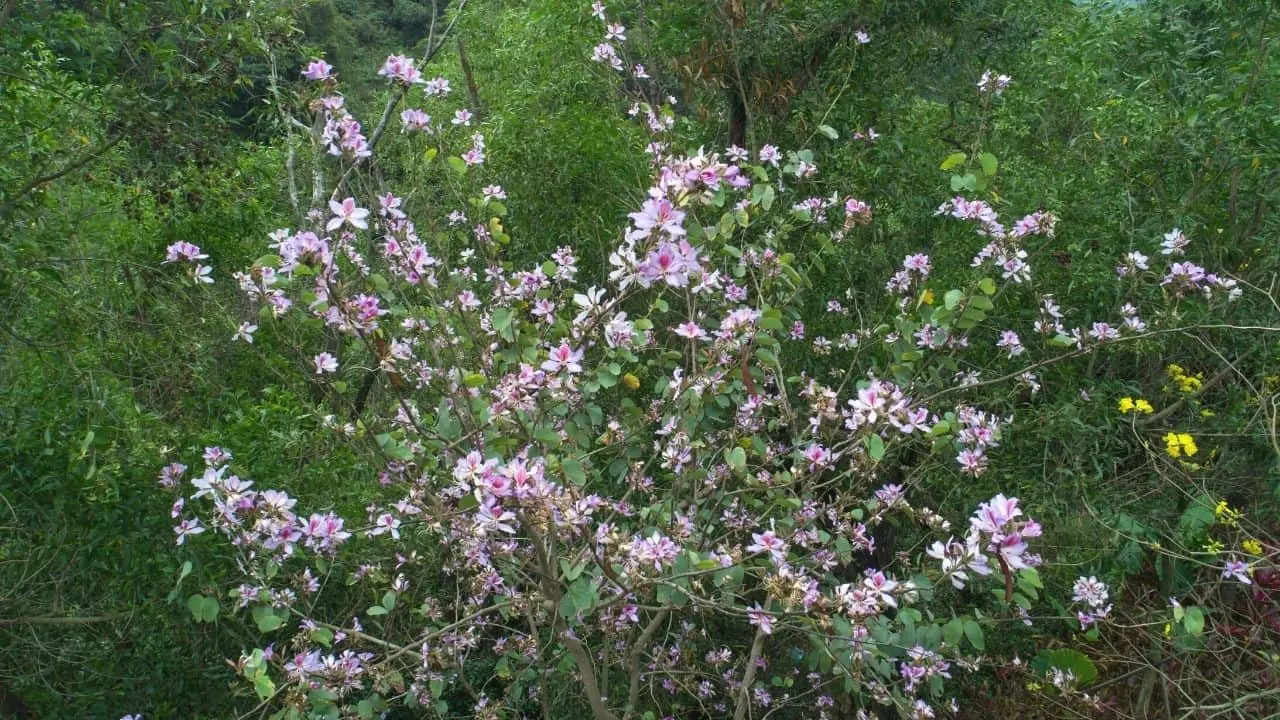
Specially grown for the artful orchid-like flowers in shades of pink and purple, this deciduous 35-foot tall tree is hardy to USDA hardiness zones 9-11.
Summer sees this tree produce large pods of a deep brown color.
7) Carob Tree (Ceratonia siliqua)
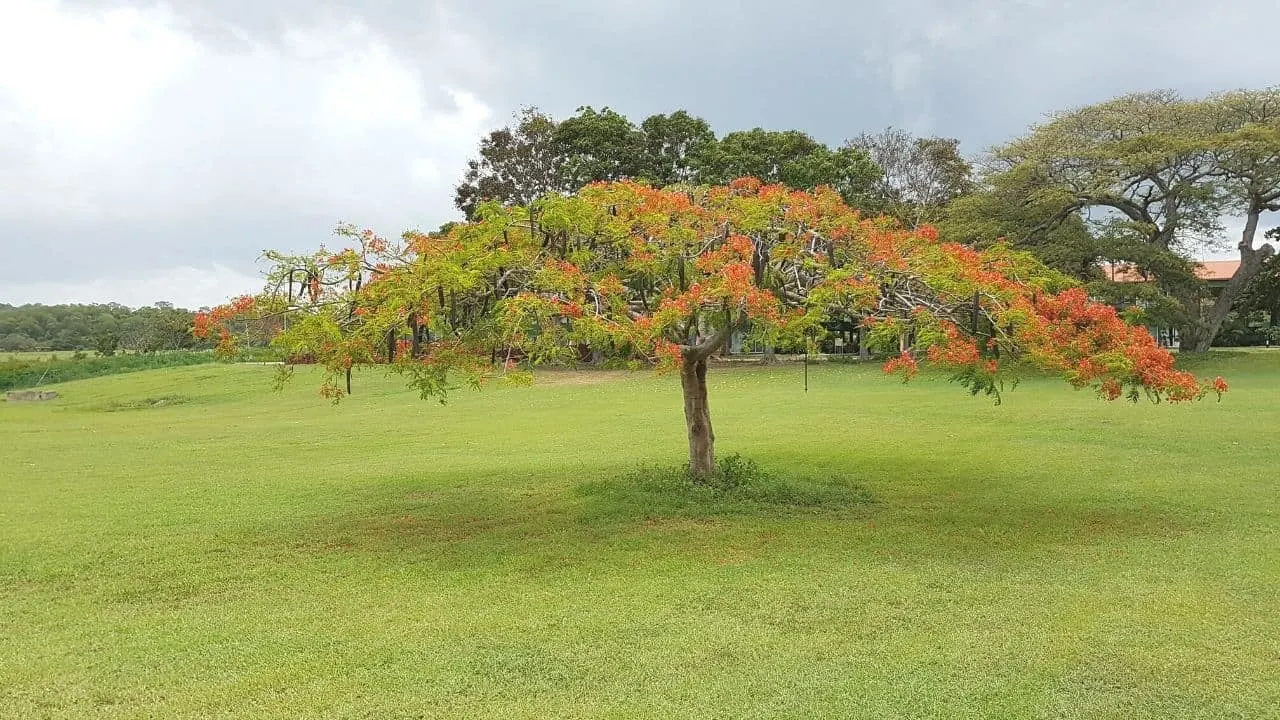
Commonly known as St. John’s Bread, the carob tree produces 3-inch-long seed pods that are popularly used in culinary treats as they are used in creating substitute chocolate.
Yummy, I definitely decided right then and there that I would be planting a carob tree in my yard.
However, when I heard this tree reaches a stunning 40-foot height, I had some second thoughts. It also requires USDA hardiness zones of 9-11.
8) Koa Tree (Acacia koa)
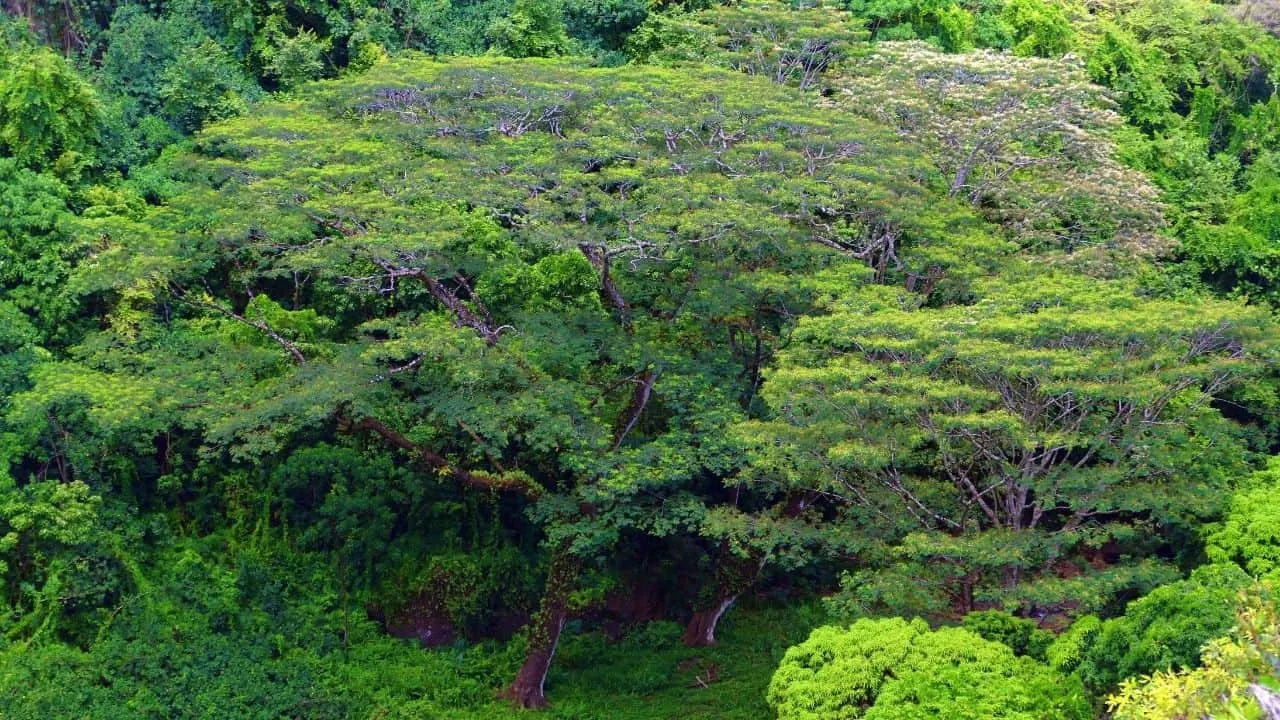
The koa tree is known to produce really long seed pods that can reach a size of 7 inches with about 12 seeds arranged inside.
Native to Hawaii, the koa tree reaches a stunning height of 80 feet. Plant this tree in USDA hardiness zones 10-11.
9) Catalpa Tree (Catalpa bignonioides)
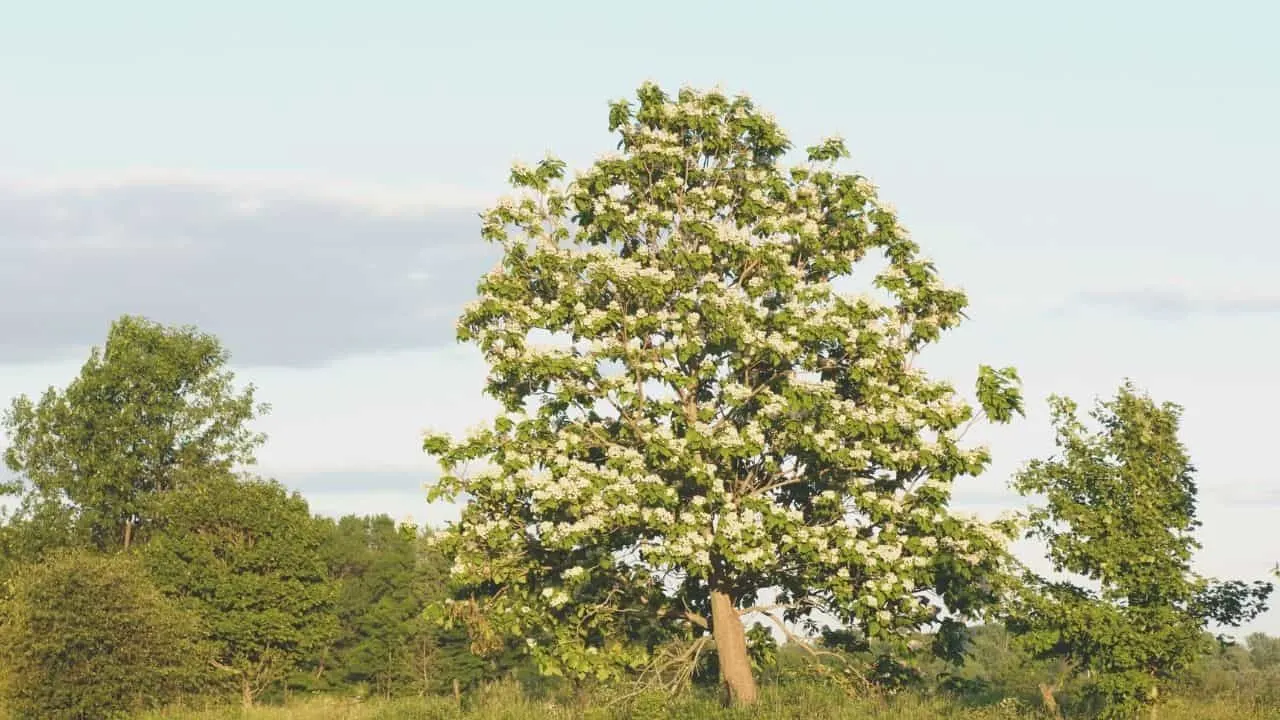
Thriving in USDA zones 5-9, the catalpa is known for the very long seed pods of up to 15 inches that it produces. The catalpa tree reaches an equally impressive height of 60 feet.
Its seed pods start off like green bean-like pods that turn brown as the seeds ripen.
10) Yellowwood Tree (Cladrastis kentukea)
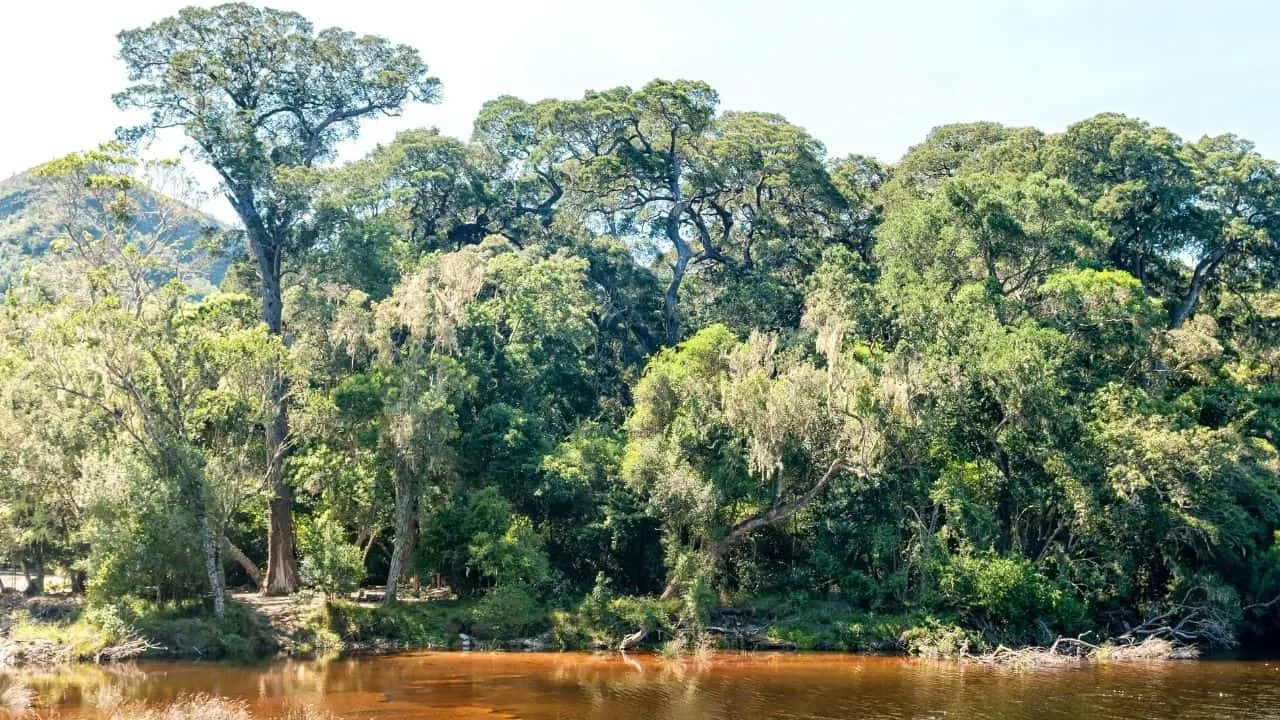
This iconic tree of the U.S. has white wisteria-like flowers and a great fragrance.
It thrives in USDA zones 4-8 and produces seed pods that reach a length of 4 inches.
The Benefit of Seed Pods
With all this talk of different trees that produce seed pods, I asked the kind botanist why trees would go through all the trouble of creating seed pods. The answer was quite amazing.
It turns out that seed pods can take different forms and shapes and for their own unique reasons.
A spiky seed pod is shaped to encourage the spikes to stick to the fur of passing animals, which helps to spread the seeds further in nature.
Other seed pods are specifically inflated to float down rivers, seeding further downstream to help the trees propagate further from the original tree.
Yet other trees have a strange shape and are almost like little bombs that reach a certain pressure, which when the pod pops, will release the seeds into the air and further spread the seeds.
Seed pods protect the seeds inside from pests and ensure the species’ survival rate.
Frequently Asked Questions about Trees With Seed Pods
What kind of tree has a large seed pod?
The catalpa tree has a large seed pod, which measures 15 inches long. Other trees that produce a long seed pod include the acacia and the yellowwood trees.
What tree has long black pods?
The northern catalpa, also known as a cigarette tree, has large black seed pods that can reach a length of up to 20 inches.
The Last Pod
After we had identified each of the seed pods I had taken to the botanical society, I felt quite amazed that nature had discovered a way to get different seeds to new and exciting places where these seeds could germinate and plant new trees.
How amazing to think that the survival of such tall trees, some measuring in at 60 feet, depended on a small seed pod!

Daniel has been a plant enthusiast for over 20 years. He owns hundreds of houseplants and prepares for the chili growing seasons yearly with great anticipation. His favorite plants are plant species in the Araceae family, such as Monstera, Philodendron, and Anthurium. He also loves gardening and is growing hot peppers, tomatoes, and many more vegetables.

